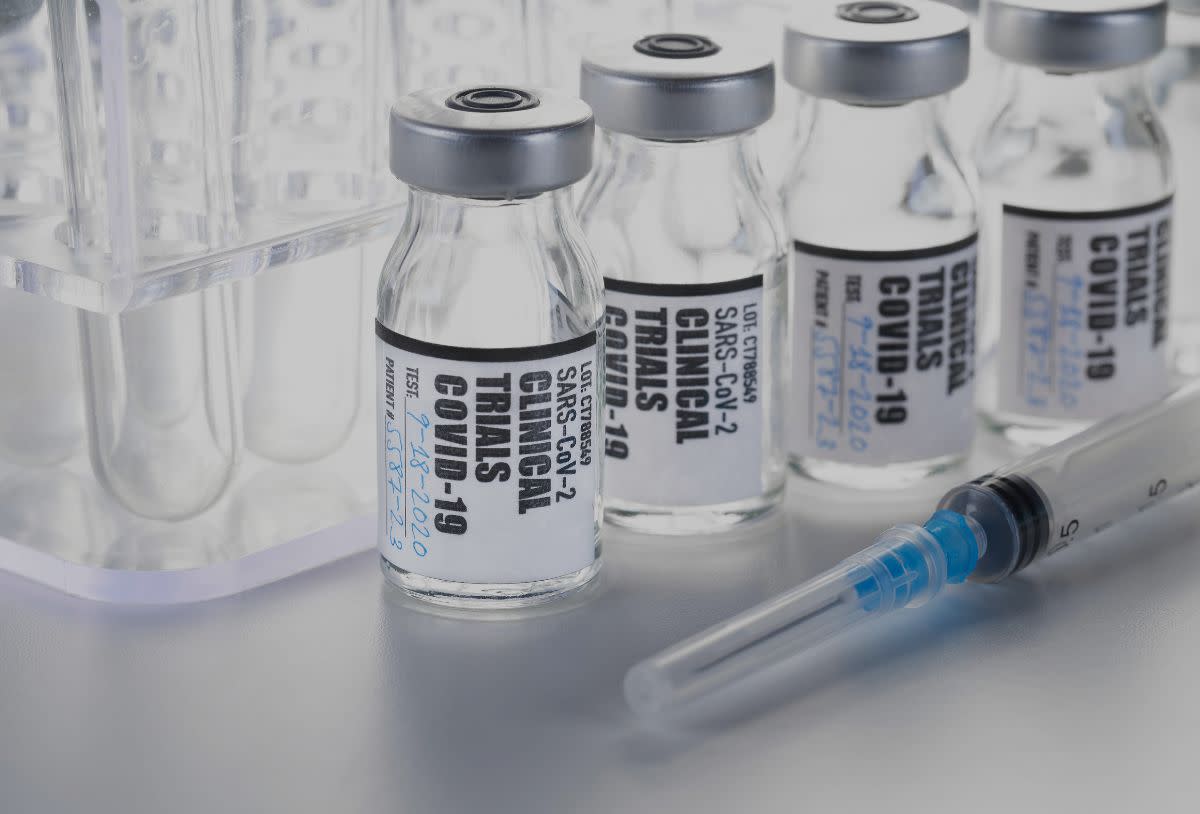Clinical Development 301: Phase II/III
*This microcourse includes optional CPE Credits and is powered by Biotech Primer, a trusted leader in life science training that simplifies complex topics for non-scientists.
Biotech Primer’s NASBA Profile
Optional CPE Credits: 1.5
Overview:
Clinical Development 301: Phase II/III focuses on the purpose and critical differences between well-controlled Phase II and III studies. This class expertly explains the art of trial design and how each protocol measures efficacy via primary and secondary endpoints. Section two focuses on pharmacovigilance and the pivotal role of independent Data Safety Monitoring Boards who exhaustively review data to make critical recommendations about trial continuation, modification, or termination. Clinical Development 301 reveals the regulatory considerations of special designations that can accelerate the drug candidates’ development. The class ends with an explanation of the New Drug Application (NDA) and Biologics License Application (BLA) that must be filed with and approved by the FDA to receive drug marketing approval.
- Section 1: Phase II/III Introduction: Identifies the principle elements of a well-controlled Phase I/II clinical trial with an in-depth look at study design, endpoints, and statistical analysis. The concepts of a null hypothesis, p-value, type 1 error, type 2 error, power, variability, and treatment size effects are explained.
- Section 2: Phase II/III Objective and Design: Compares the general characteristics of Phase II and Phase III clinical trials. Defines pivotal study, adaptive trial, basket trial, and umbrella trial. Discusses the function and types of recommendations the Data Safety Monitoring Boards provide.
- Section 3: Phase II/III Special Designations: Focuses rare disease and serious unmet medical need designations in both the US and Europe. Explains the challenges with clinical studies associated with rare diseases and provides examples of flexible clinical development approached for application to rare diseases. Lastly, the relationship between clinical trial endpoints and approved labeling claims are explained.
By the end of the course, participants will be able to:
- Evaluate the purposes and key differences between Phase II and III clinical trials.
- Contrast the regulatory significance of clinical endpoints, primary endpoints, secondary endpoints, and surrogate endpoints.
- List the special designations that can accelerate the drug candidates’ development.
- Explain the basic statistical analysis completed in late-stage trials.
- State the critical role data safety monitoring boards play in patient safety.
LEARN MORE
Use the promo code BIONTX15 at checkout to receive 15% off


